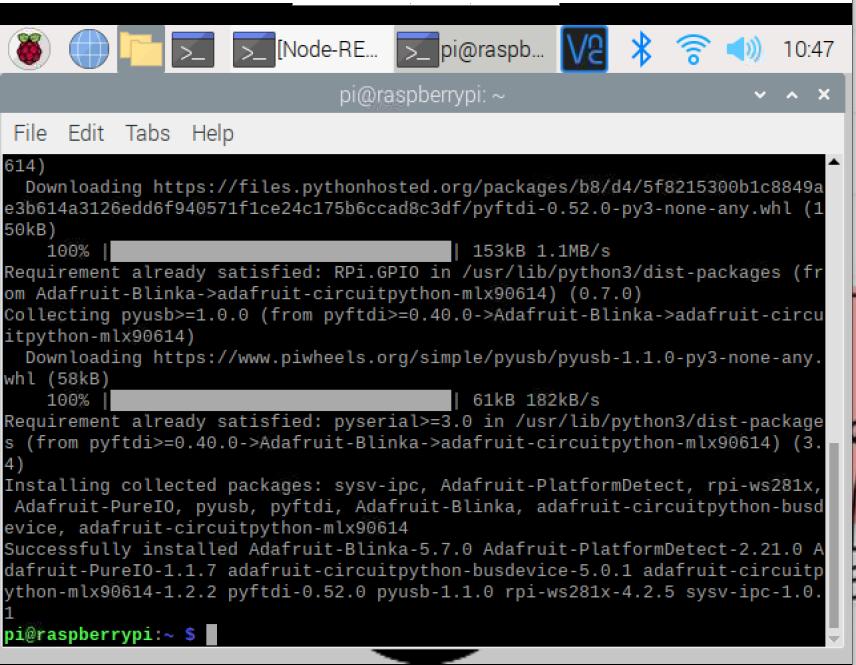

You can use the pip show command described next to check where each package has been installed. The usage of the command is the same for pip, pip2, and pip3. pip is assigned to either Python2 or Python3.įor example, note that if pip is for Python 2, packages installed with pip will not work with Python 3.
#Pip3 install install
rootlocalhost pip3 install requests WARNING: Running pip install with root privileges is generally not a good idea.
Similarly you can install other python modules by using pip3 install
Pip2 is the command used to manage packages used by Python2, and pip3 is the command used to manage packages used by Python3. Here we are installing python requests module by using pip3 install requests command as shown below. If you have an environment where Python2 and Python3 coexist, you may be able to use the pip2 and pip3 commands in addition to the pip command.
#Pip3 install how to
The official documentation also describes how to install pips individually using ensurepip or get-pip.py. A failed install is less likely to leave a broken environment. This has two main practical benefits: Concurrent use of the environment during the install is more likely to work. using Python that has not been modified by a redistributor to remove ensurepip The decision to install topologically is based on the principle that installations should proceed in a way that leaves the environment usable at each step.

Usually, pip is automatically installed if you are: If you install Python with the standard installer, pip is installed at the same time.


 0 kommentar(er)
0 kommentar(er)
